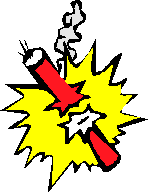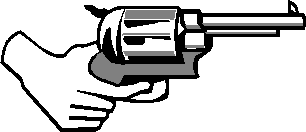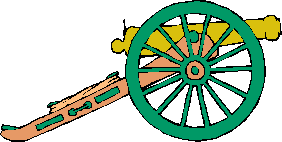1. Calculate the average speed for each of the following wave signals, in air, and state whether the signal is sound or light.
(a) 600 000 000 metres covered in 2 seconds.
(b) 1700 metres covered in 5 seconds.
(c) 500 metres covered in 1.47 seconds.
(d) 8600 metres covered in 25.3 seconds.
(e) 6500 metres covered in 0.000022 seconds.
(f) 255 metres covered in 0.75 seconds.
2. Calculate how far light travels in:
(a) 1 second (b) 3 seconds (c) 10 seconds.
3. Calculate how far sound travels in:
(a) 1 second (b) 3 seconds (c) 10 seconds.
4. Colin is worried about the dangers of being out on the golf course during a thunder and lightning storm. He sees a flash of lightning and counts 4 seconds before he hears the clap of thunder. How far away is the storm?
5. A group of Physics students sets out to measure the speed of sound. The pupils stand a distance of 200 metres from the teacher who has a flash gun and starter pistol. The pupils have to start their stopclock when they see the flash and stop it when they hear the bang. The experiment is carried out three times and the results are shown in the table below.

(a) Calculate the speed of sound from each pupil’s set of measurements.
(b) From the 3 results, work out the average value for the speed of sound.
 6. Spectators are told to stay behind a barrier which is 100 m
6. Spectators are told to stay behind a barrier which is 100 m
from where fireworks are being set off at a display.
How long will it take spectators to hear a ‘banger’ after they see it
explode?
7. During the Edinburgh Tattoo, tourists on Princes Street see the canon smoke from the castle 3 seconds before they hear the bang. How far are they from the castle?
8. Michael sees a military jet and then 45 seconds later hears the roar from its engine. How far away is the jet?
 9. In a 100m sprint race the timers start timing when they hear
9. In a 100m sprint race the timers start timing when they hear
the starter pistol and stop timing when they see the sprinters
cross the finishing line.
(a) Does this method overestimate or underestimate their sprint times? Explain your answer.
(b) How could the accuracy of the timing be improved?
10. During the demolition of some high rise flats in Glasgow, spectators saw the explosion first and heard it 7 seconds later.
(a) Why was there a delay?
(b) How far from the explosion were they standing?


